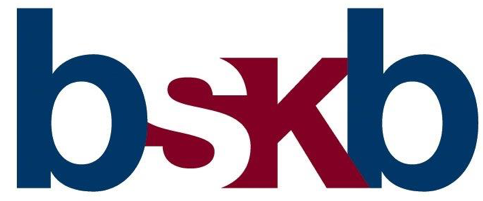Halo Returns Law of Enhanced Damages to Pre-Seagate Standard
BSKB
On Monday, June 13, 2016, in Halo Electronics, Inc. v. Pulse Electronics, Inc., 579 U.S. _____; No. 14-1513, the Supreme Court turned back the clock on increased damages under 35 U.S.C. § 284, ruling that the test adopted in In re Seagate Technology, L.L.C., 497 F. 3d 1360 (Fed. Cir. 2007) “unduly confines the ability of the district courts to exercise the discretion conferred to them.”
Section 284 of Title 35 allows the district court to “increase the damages up to three times the amount found or assessed.” Since the 19th century, these damages have been awarded to punish a “wanton or malicious pirate” and were in the discretion of the trial court.
In Seagate, the Federal Circuit limited the discretion of the trial court, requiring the patent owner to first “show by a clear and convincing standard that the infringer acted despite an objectively high likelihood that its actions constituted infringement of a valid patent.” Id. at 1371. Second, the patent owner must demonstrate by clear and convincing evidence that the risk of infringement “was either known or so obvious that it should have been known to the accused infringer.” Id. Thus, an accused infringer could develop invalidity or non-infringement reasoning at trial months or even years after a decision to introduce the accused product even if the accused infringer was aware of the patent and previously practiced it wantonly without considering questions of validity or infringement.
The court held that this Seagate standard impermissibly removed the discretion of the trial court, was contrary to the statute, and inconsistent with other treatments of intent based causes when the knowledge or the actor need generally be determined a the time of the challenged conduct and not years afterword.
The court returned the standard for willful infringement to that which existed before Seagate. Thus, the trial court has discretion to determine that a case is willful based on the preponderance of the evidence at trial, determining the question of culpability based on the subjectively reasonableness of actions at the time infringement occurs with the trial court’s decision reversible under an abuse of discretion standard.
The change in the enhanced damages standard makes it prudent to reconsider actions to be taken once a potential threat of infringement is discovered. An accused infringer’s actions will be judged for reasonableness at the time the decision is made and based on a preponderance of evidence standard. During later litigation, when evidence is presented by the patent owner as to knowledge of the patent and potential infringement during discovery, it may be desirable for the accused infringer to present evidence of lack of bad faith. To limit inconvenience to in house counsel that would otherwise present such evidence and avoid potential disqualification of litigation counsel, it may again be desirable to obtain an opinion from independent opinion counsel to show good faith reasoning in situations when it is needed in a later trial. Thus, Halo may return the practice of obtaining an opinion of outside opinion counsel to demonstrate subjective good faith in non-infringement or invalidity predominant in the period before Seagate.
Perhaps the more interesting question is what happens to those decisions made during the Seagate period. Would obtaining such an opinion of outside counsel months or even years after a decision supplement the record of a company’s subjective good faith during the Seagate period avoid the need to produce in-house attorney-client privileged correspondence or opinions to demonstrate subjective good faith?
There will be a great deal of change in view of Halo. It is not simple to roll back the clock after 9 years of practice under Seagate.
A link to the decision can be found here.
